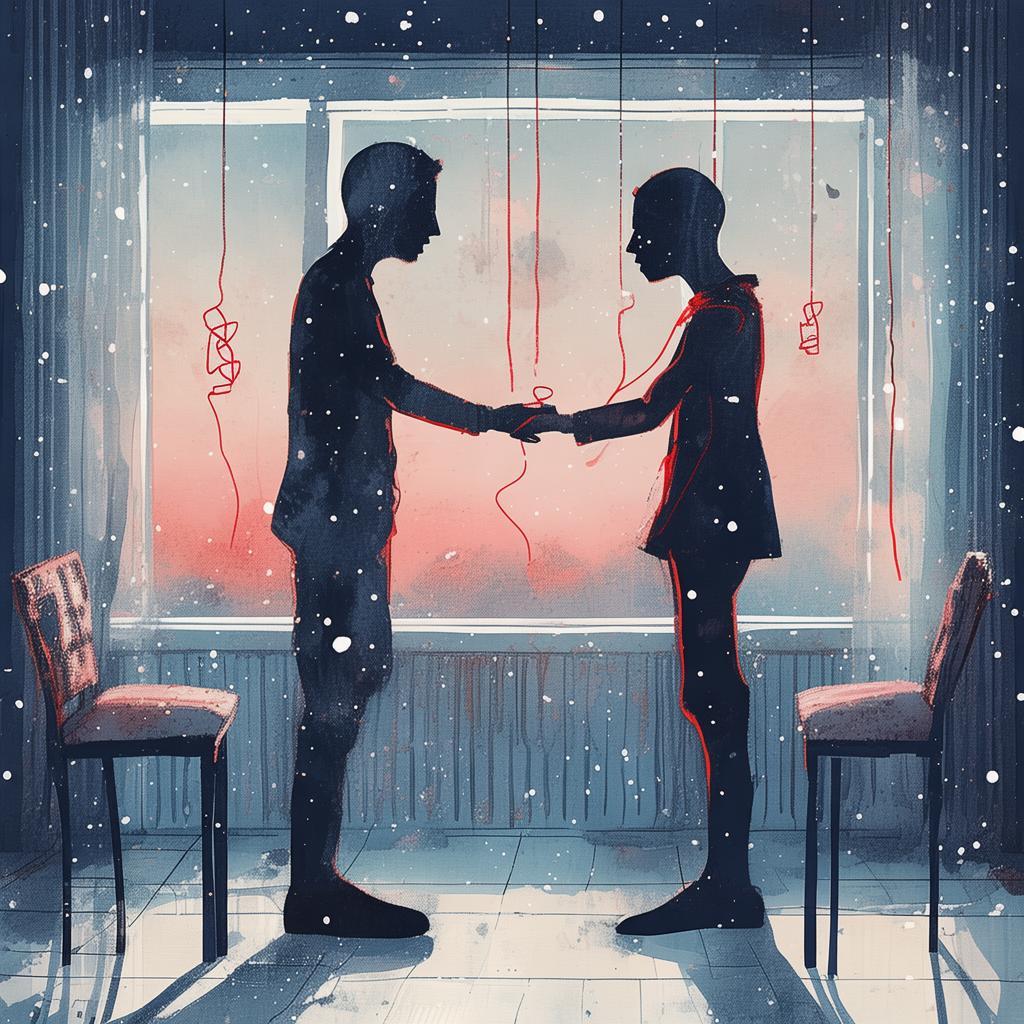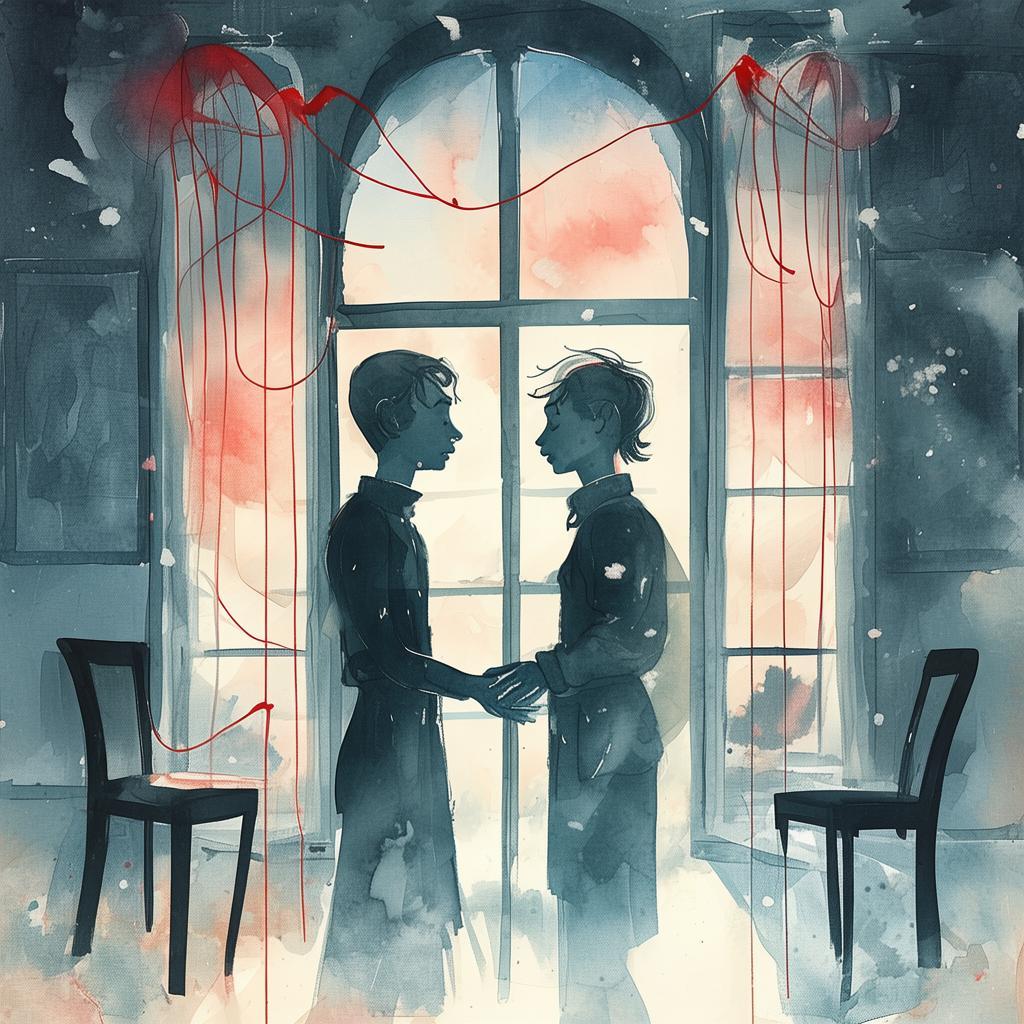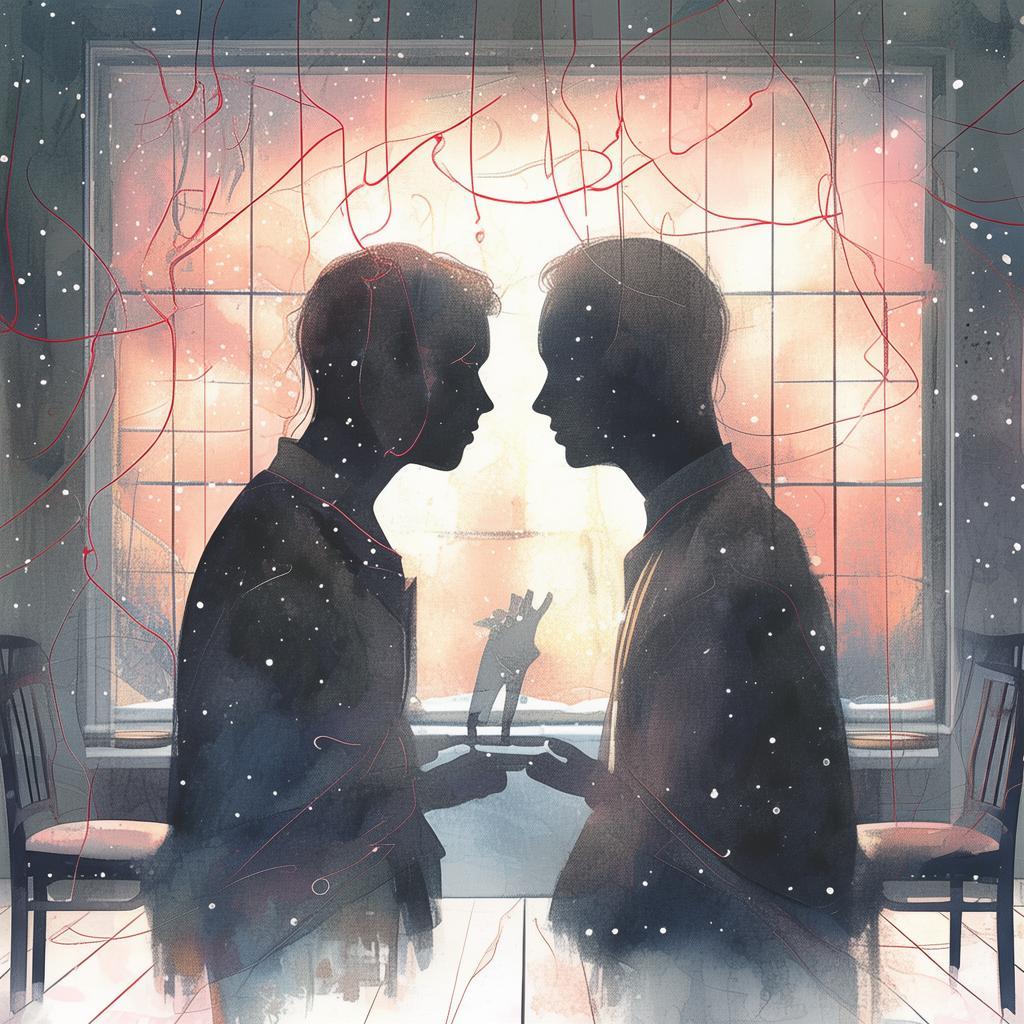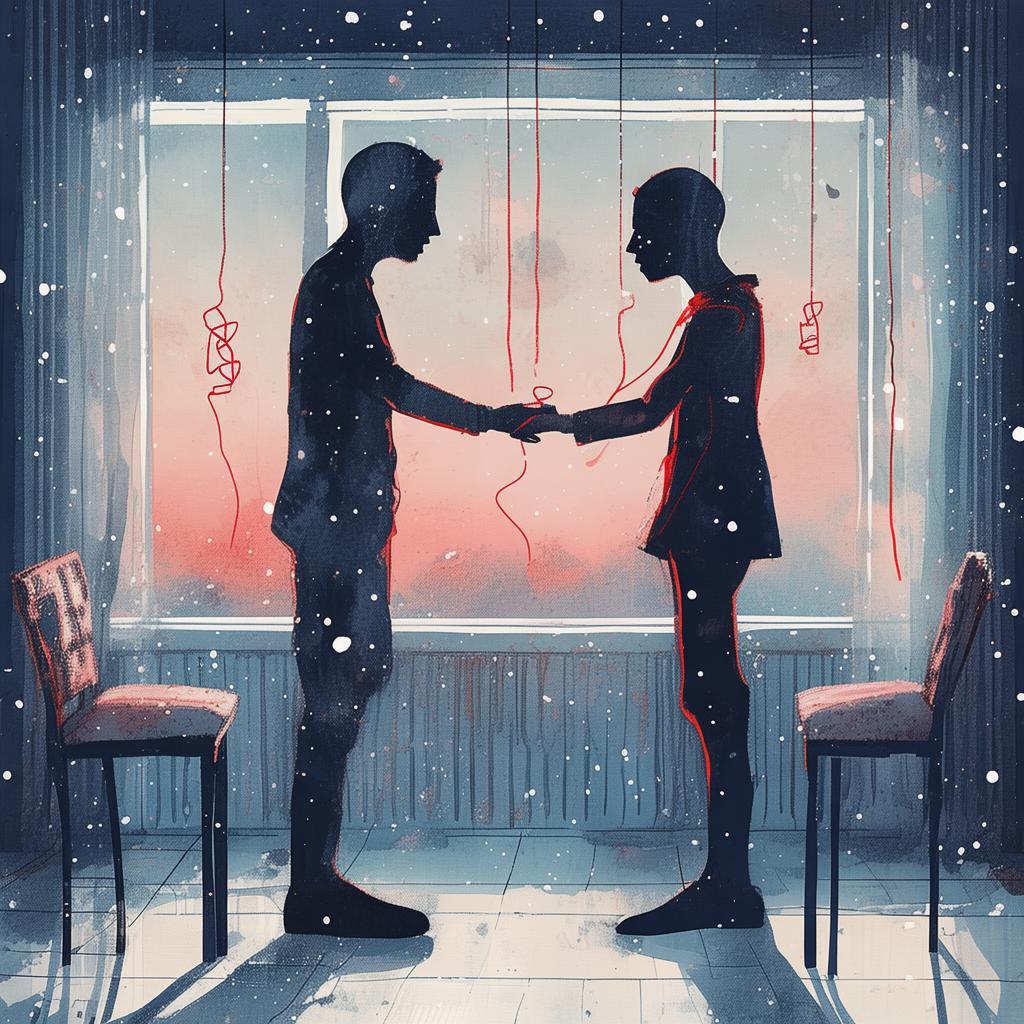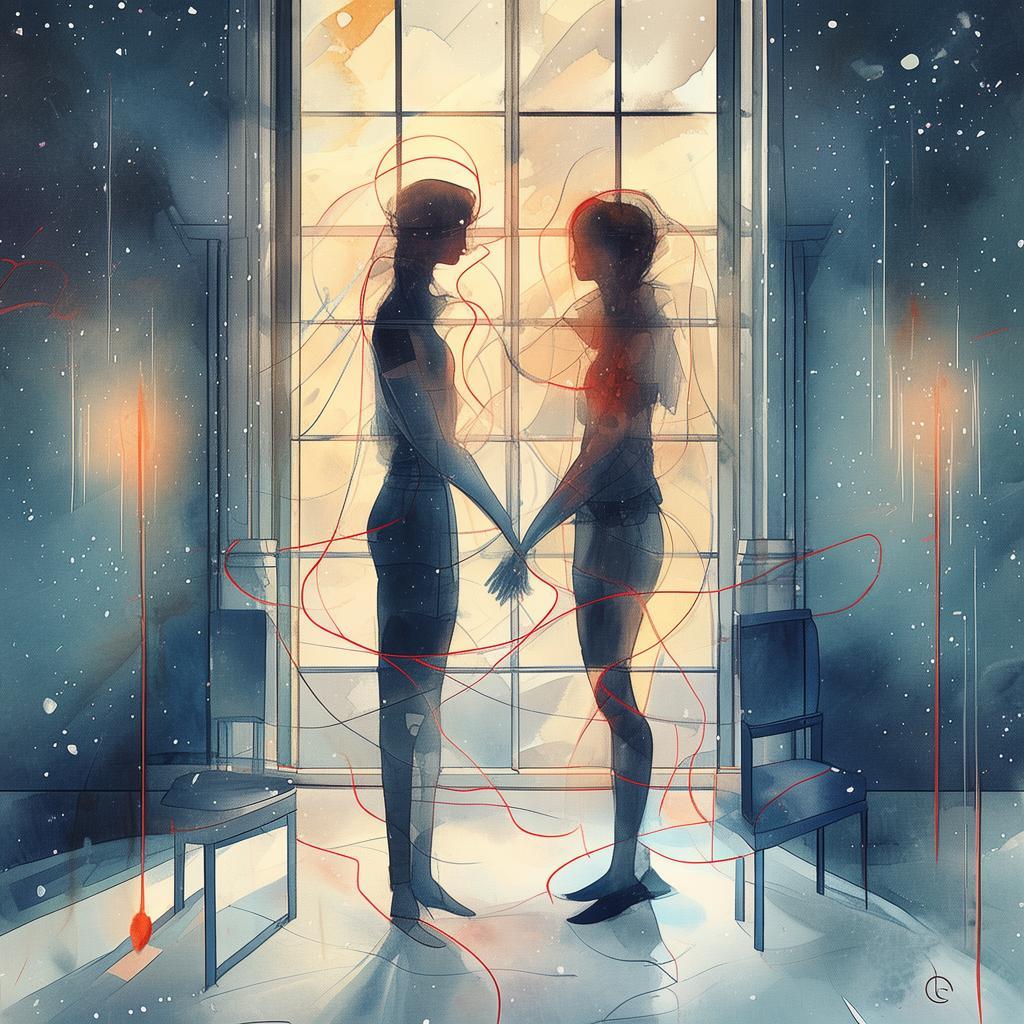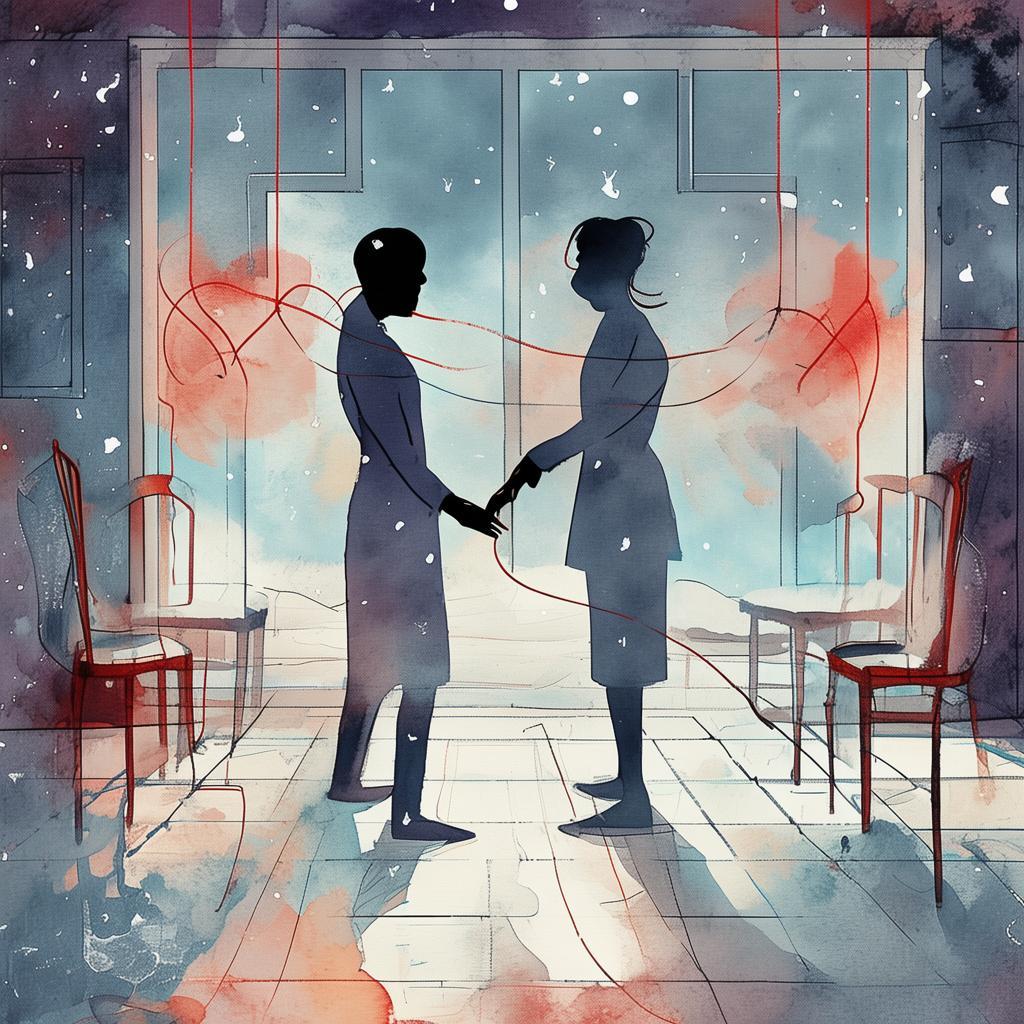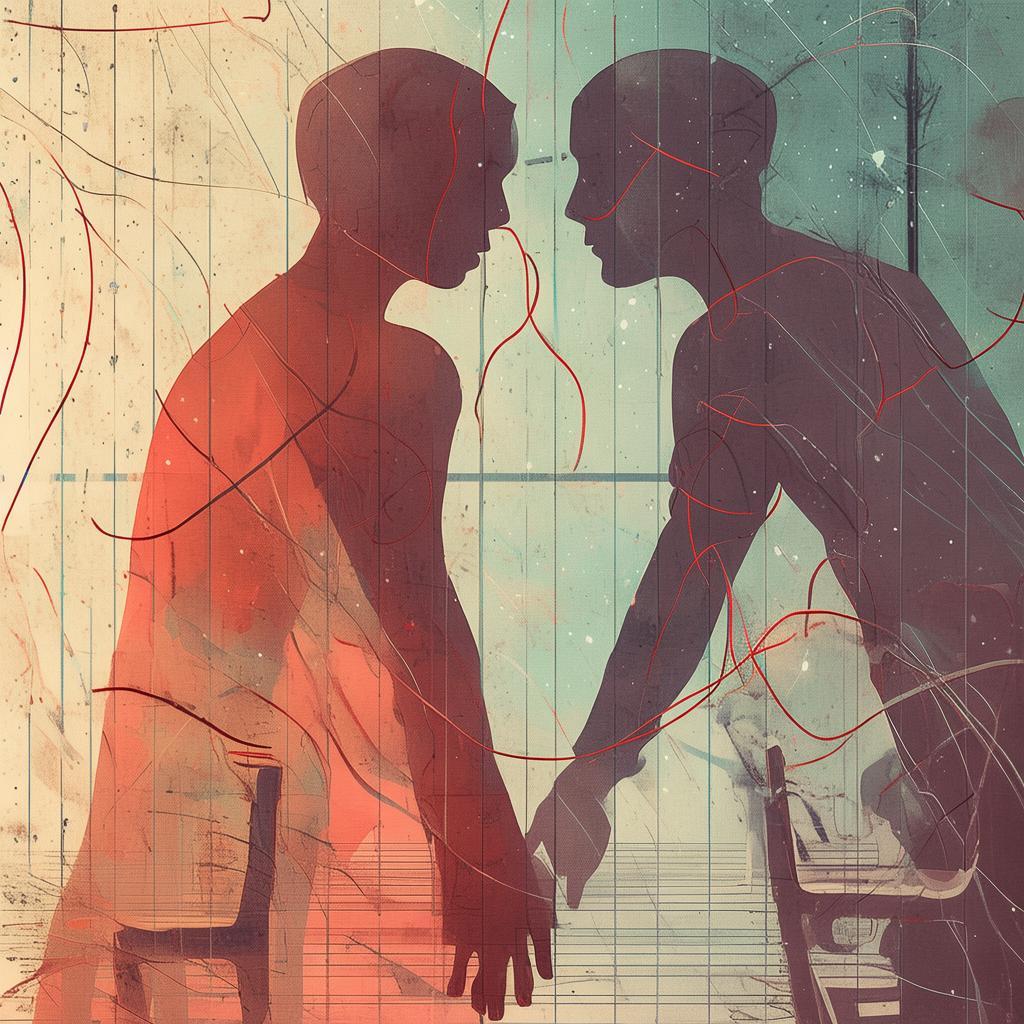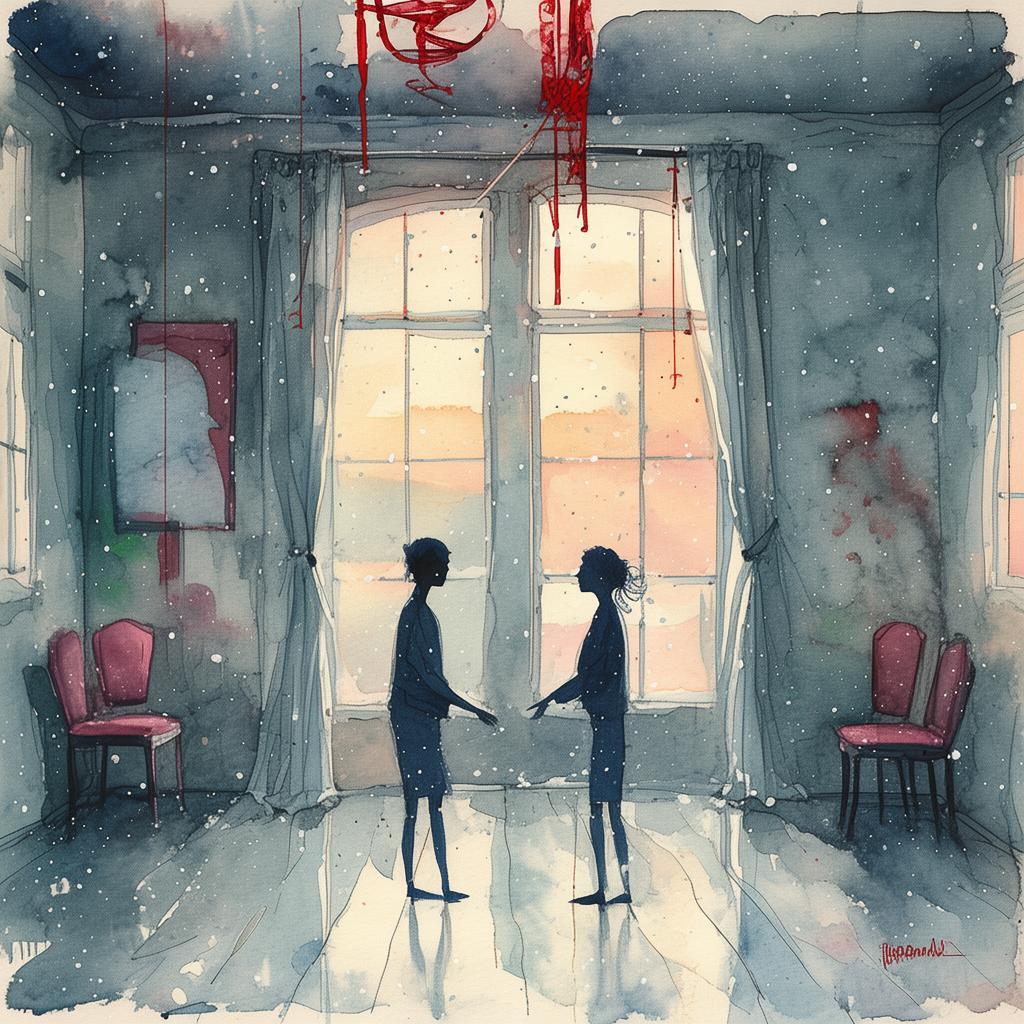The Scholar's Paradox: A Chronological Dilemma
The sun dipped below the horizon, casting a warm glow over the cobblestone streets of Florence. In a quaint alleyway, a young man named Leonardo stood, his eyes reflecting the setting sun. His fingers traced the outline of an old, leather-bound journal that lay cradled in his hands. It was a relic from his past, a reminder of the life he left behind in the 21st century—a life filled with technology and modernity.
Leonardo was no ordinary man. He was a scholar, a time-traveling scholar, his mind a labyrinth of knowledge and experiences that spanned centuries. The journal was his anchor, the only thing that tethered him to the reality of his own time. But today, it was different. Today, the journal spoke of a different reality, one where Leonardo was no longer the solitary scholar he had become, but rather an artist, a painter whose works would change the world.
As he read, a vision overwhelmed him. He saw a room, the walls adorned with his paintings, each brushstroke a testament to his passion. And in the center of the room stood a man, not the Leonardo he knew, but a dashing artist of the Renaissance. The man's gaze met his, and a connection was forged across the centuries.
Leonardo's heart raced as he felt a pull toward the man, an inexplicable connection that seemed to transcend time and space. "Why?" he whispered to himself. "Why now?"
Before he could ponder the mystery further, the vision faded, and the journal closed with a click. He knew then that his life was about to change forever. He would have to face the challenge of being both a time-traveling scholar and an artist, and his fate was intertwined with that of the Renaissance man.
Leonardo returned to his modern home, but the weight of his new identity followed him. He found himself sketching and painting in his spare time, his hands moving with a newfound grace. It was as if the centuries had imbued him with the skill of the Renaissance artist. His friends and colleagues were amazed, but Leonardo felt a dissonance, a disconnect between the man he had become and the life he had left behind.
One day, while walking through the streets of Florence, Leonardo saw the man he had seen in his vision. The artist was working on a fresco, his eyes scanning the canvas with precision. Leonardo approached cautiously, not wanting to disrupt the man's concentration.
"Excuse me," Leonardo began, his voice barely above a whisper, "but I seem to recognize you."
The artist turned, his eyes locking with Leonardo's. There was a moment of confusion, then a spark of recognition. "You are him," the artist said, his voice filled with wonder. "The time-traveling scholar who was meant to be me."
Leonardo's mind raced. "I don't understand. How is this possible?"
The artist chuckled, a sound that seemed to resonate with the very air around them. "It's a paradox, a Chronological Dilemma. We are one, yet we are separate. You have the knowledge of the future, but I have the passion and creativity of the past."
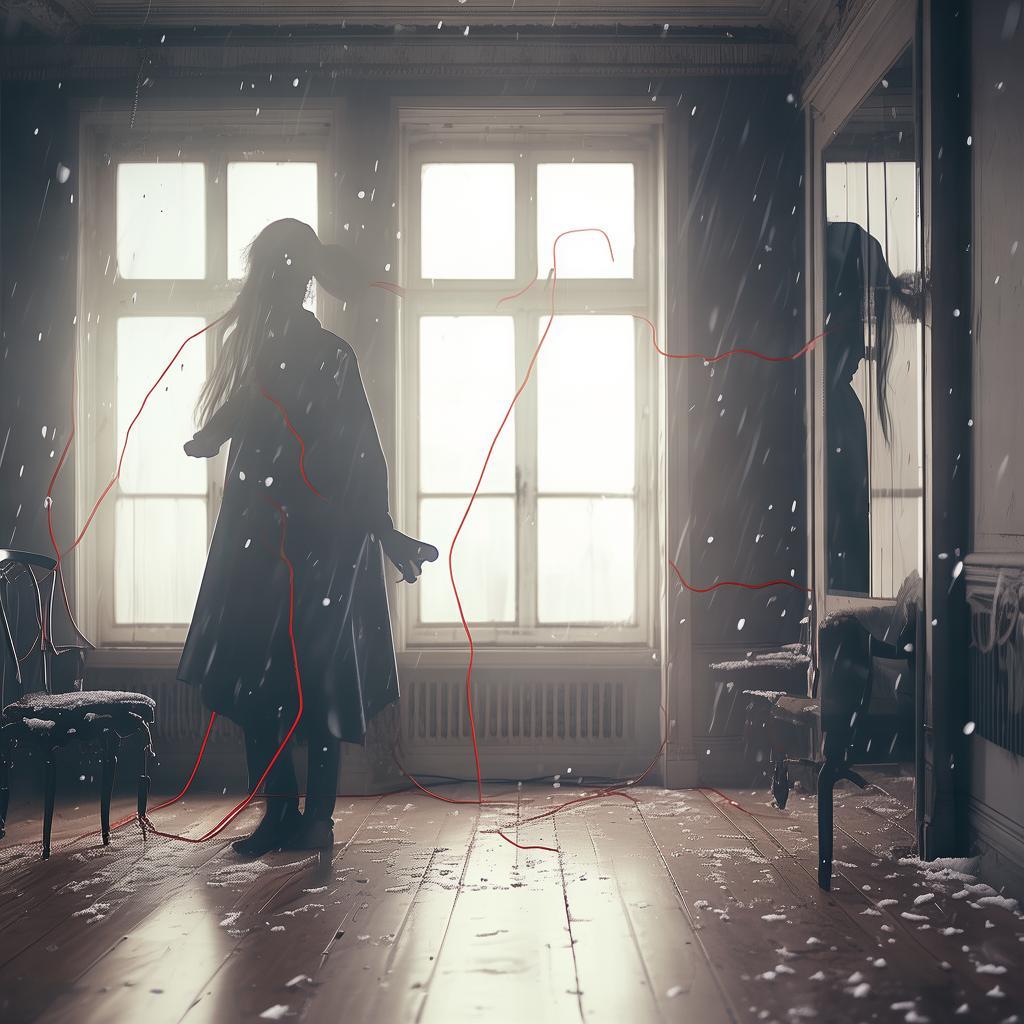
As they spoke, Leonardo realized that the artist's paintings were not just works of art but gateways to the past. Each stroke of the brush brought forth a vision, a piece of history that had been lost to time. And he, as the time-traveling scholar, was the key to unlocking that past.
The Chronological Dilemma became their shared burden. Leonardo would travel through time, bringing knowledge and insight to the artist, who in turn would use his artistic talent to preserve and protect that knowledge. Together, they would navigate the treacherous waters of time, their bond growing stronger with each challenge they faced.
One day, as they stood before a masterpiece the artist had created, Leonardo looked at the man beside him and felt a profound sense of belonging. "Why me?" he asked again.
The artist smiled, his eyes twinkling with the same intensity that had captured Leonardo's heart from the very beginning. "Because you are the one who understands that time is a tapestry, woven with threads from every era. And you are the thread that connects them all."
As the sun rose the next morning, Leonardo returned to his modern home, but the memory of the artist remained with him. He knew that his life would never be the same, that he had found his purpose, and that his heart was forever tied to the man across the centuries.
The Chronological Dilemma was a paradox, a challenge, but also an opportunity for love and understanding. And in the end, Leonardo realized that it was the love he shared with the artist that made the paradox possible, that it was the essence of their connection that allowed them to navigate the complexities of time and space.
Leonardo looked at the journal, now filled with the works of the Renaissance artist, and knew that he had found his place in the world, both in the past and the future. The Chronological Dilemma had become his reality, but it was also his freedom—a freedom to love and create, to be both the scholar and the artist, and to be whole.
✨ Original Statement ✨
All articles published on this website (including but not limited to text, images, videos, and other content) are original or authorized for reposting and are protected by relevant laws. Without the explicit written permission of this website, no individual or organization may copy, modify, repost, or use the content for commercial purposes.
If you need to quote or cooperate, please contact this site for authorization. We reserve the right to pursue legal responsibility for any unauthorized use.
Hereby declared.

